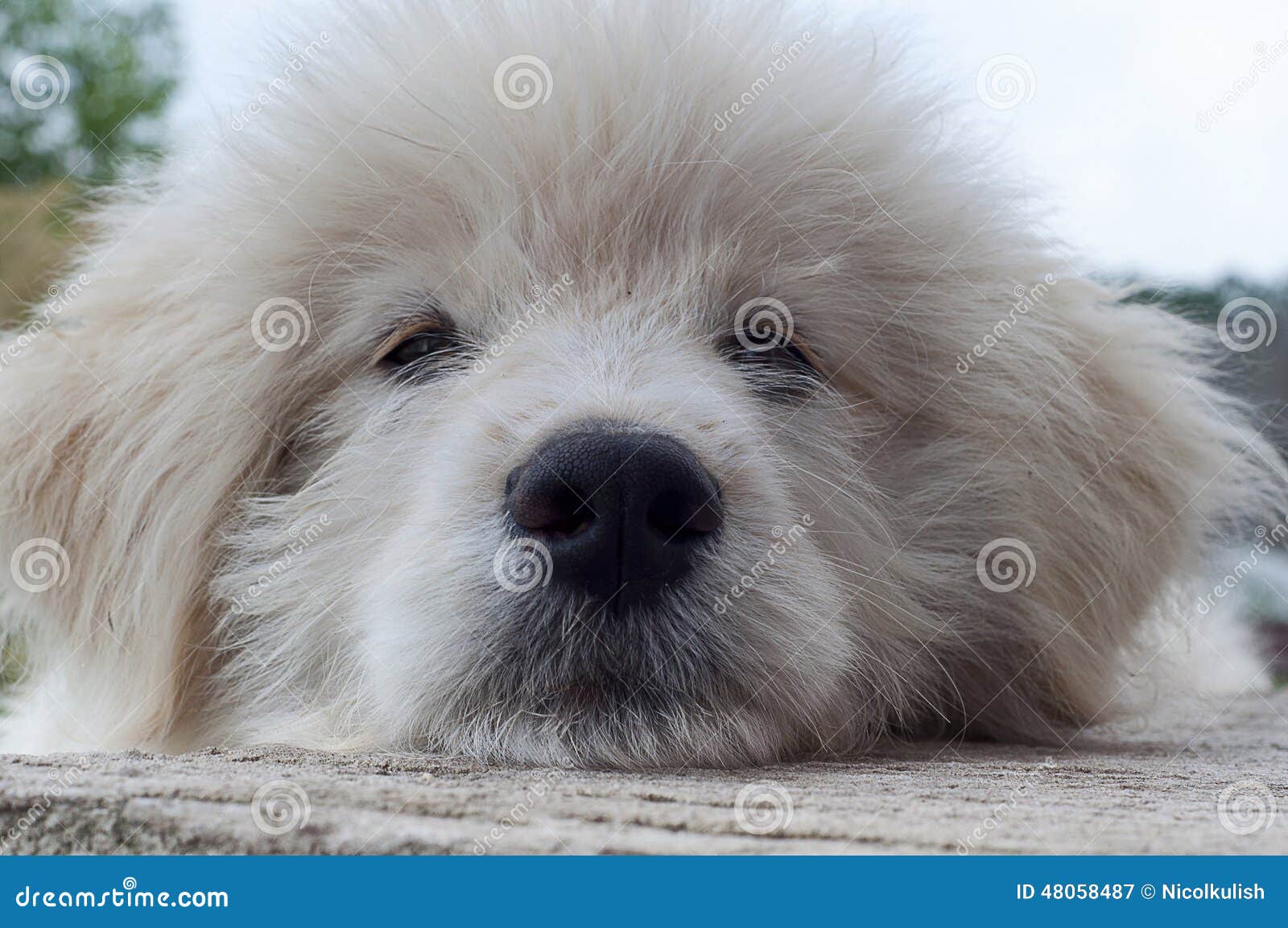

Even perfectly healthy dogs might be genetically predisposed to early graying. Do you have a friend that started graying before 30? Think of your dog in the same way. If it seems like your dog isn’t old enough to start graying, you might find it interesting that genetics can play a role in when your dog’s hair starts to turn white. If you are unsure of whether or not stress or anxiety are causing problems for your pet, you can speak to your veterinarian or a veterinary behaviorist to what you can do to reduce the stress in your dog’s life.

While the reason is unknown, it is possible that stress somehow causes the body to stop producing pigment in the same manner as it used to. Stress and anxiety could also be potential causes for your dog’s hair turning white. Also, gray dogs might start to turn more white than gray as they age. Generally, coat texture changes with age, so you might start to notice that the texture of your dog’s fur is different than it used to be. Graying usually starts with a salt-and-pepper look in dogs.ĭogs that are naturally gray can also show signs of aging, but you might have a more difficult time spotting these changes. The majority of graying will happen around the muzzle and face. However, unlike humans, dogs don’t tend to go gray throughout their entire coat. This is a very similar process to the one we see in humans as we age. AgeĪge is one of the most common reasons for pets going gray. AVES is here to tell you about the reasons your dog’s fur might be turning a white or gray color. Have you started to notice that your dog’s fur is turning white or gray? While it can be shocking to suddenly realize your pet’s fur has changed color, there might not be anything wrong with your beloved dog.



 0 kommentar(er)
0 kommentar(er)
